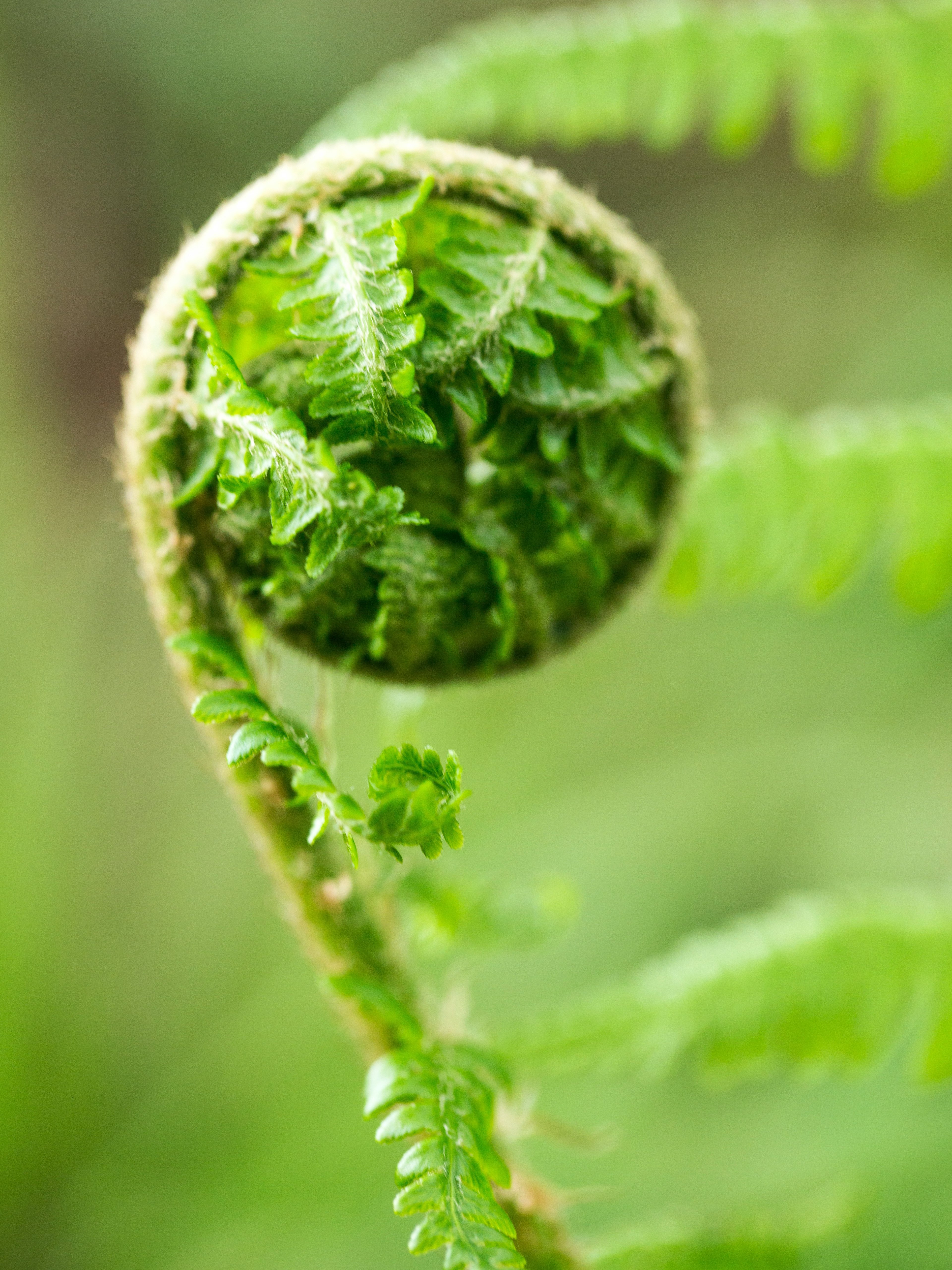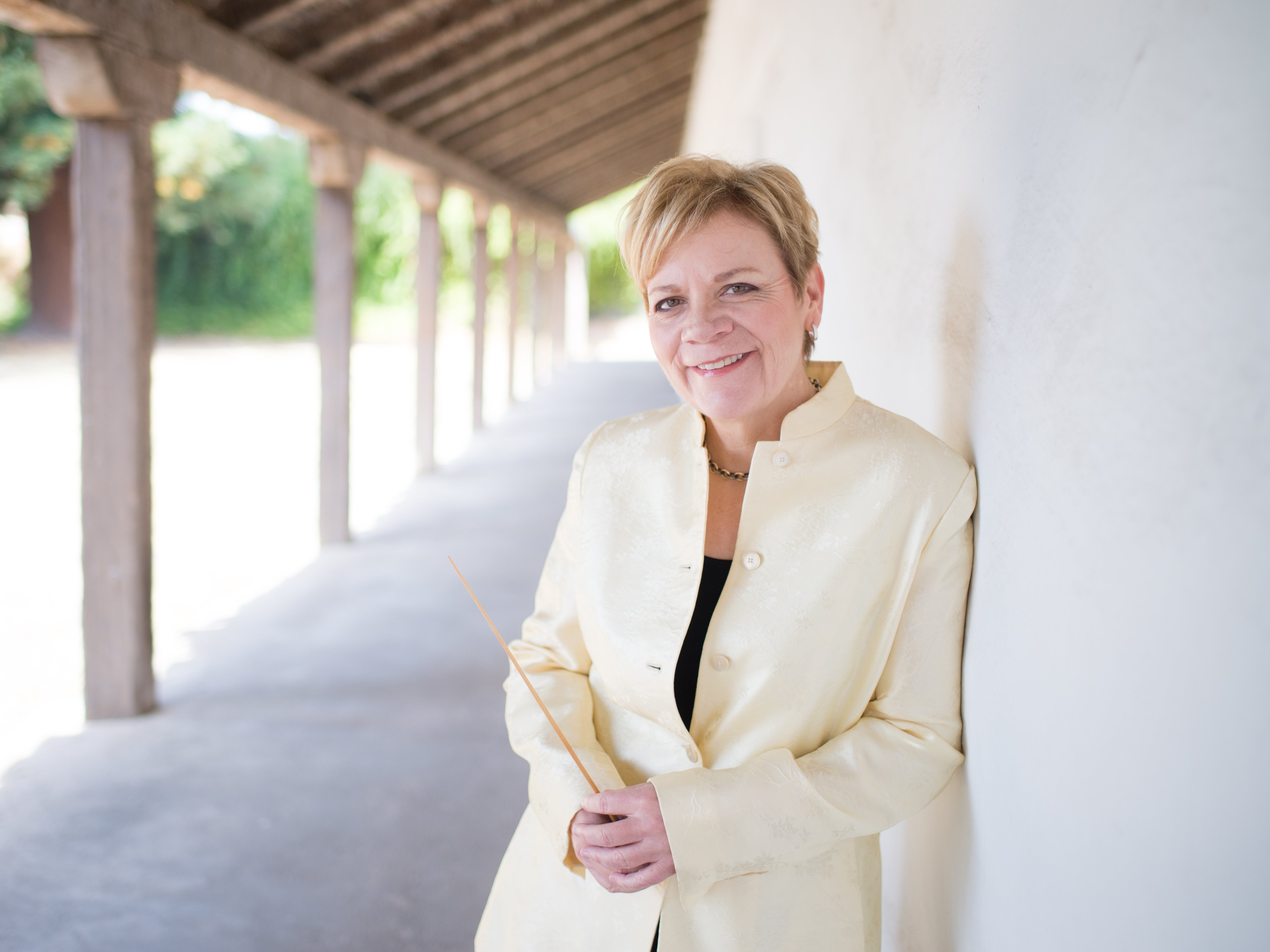
Composers throughout the ages have been inspired by nature. Here is a brief survey of this subject on the occasion of the Berliner Philharmoniker’s Biennale Paradise Lost? – On the Threat to Nature
“Nothing is more musical than a sunset,” Claude Debussy wrote in 1903. He could spend hours contemplating the marvellous, ever-changing beauty of a sunset sky, often overwhelmed by emotion. “Anyone who can be moved by what they see can learn the greatest lessons in development here. That is to say, they can read them in Nature’s book – a book not well enough known among musicians.”
Debussy knew what he was talking about: his most famous works were inspired by nature. Take the sultry summer’s afternoon of his Prélude à l’après-midi d’un faune; the enchantment of night in Clair de lune; and the music of the waves in La Mer. But – and this is what makes it interesting – Debussy was less concerned with depicting nature, more with feeling it. In much the same way, the paintings of his spiritual brother, Claude Monet, are not images of landscapes or water lilies painted with photographic accuracy, but are rather atmospheric reflections with consciously soft-edged outlines. In order to make this distinction clear, we need only take a brief stroll through the music history. The diversity of this creative ecosystem will be evident in this year’s Biennale Paradise Lost? – On the Threat to Nature. Nature may be one of the most popular of all musical subjects, but the approaches that composers have adopted have been individual in the extreme.
From special effects to a musical setting of the emotions
Baroque composers would vie with each other to imitate natural phenomena as literally as possible. The habit probably began in the world of opera, where orchestral instruments were used to create special effects – like the kind of howling gale, accompanied by thunder and lightning, that casts the shipwrecked hero ashore on a deserted island. This trend spilled over into the concert hall; few music-lovers today can have escaped the musical panopticon of Vivaldi's Four Seasons, with its dancing peasants, summer storm, barking dogs, heavy rain and patches of ice.
By the time of Beethoven, if not earlier, this type of literal tone-painting was starting to lose its appeal. Although his “Pastoral” Symphony includes a “Scene by the Brook”, together with a “Merry Gathering of Country Folk” and a violent “Storm”, Beethoven evidently did not feel entirely comfortable with the idea of replicating natural phenomena by musical means, which is why he immediately revised the title-page of his Sinfonia pastorale and insisted that the work was “more the expression of feeling than painting”. Debussy dismissed this rhetorical manoeuvre, and wrote mockingly that the bassoons were presumably supposed to be oxen drinking from a brook.
Beethoven’s self-doubts reflect the fact that literal imitation was being called increasingly into question. In addition to shifts in artistic taste, urban life was increasingly far from the world of nature. Enlightenment, industrialization and middle-class society were all placing different demands on art. In 1798 Joseph Haydn had still been able to catalogue the world through the music that he wrote for The Creation, extending from the primeval soup of the “Representation of Chaos” to an entire parade of animals. Barely a century later, Camille Saint-Saëns felt embarrassed by his own Carnival of the Animals, anxious that he would no longer be taken seriously as a musician.
Nature as a poetically charged metaphor
Nineteenth-century artists were interested in nature only as a poetically-charged metaphor. Nature could be used to describe love or the sexuality that was a taboo subject in polite society – in Goethe’s poem Heidenröslein, for example, the woman is a flower plucked by a man. And it could also serve to tackle problematical political topics and to address themes that could not be openly discussed, whether through speech or through song. In the case of Franz Schubert, we repeatedly encounter the figure of the wanderer - not an outdoor type in functional sportswear, but rather an outsider who sees images of the transience of his own life in the eternal cycle of nature. At a time when life was becoming ever more complicated, Romantic writers also took a more stylized view of nature, treating it as the symbol of an idealized past. Carl Maria von Weber’s opera Der Freischütz is a classic example of the many works set in forests that were both enchanting and dangerous.
This view is taken to its furthest extreme in Stravinsky’s The Rite of Spring. First performed in 1913, it adopts a researcher’s quasi-ethnological approach to a fictional archaic world where people were still sacrificed to appease the gods of nature and ensure their harmonious coexistence. Both the ballet’s deliberately earthy aesthetic – the dancers stomped round the stage in flat slippers rather than the usual pointe shoes – and its raw, faux-primitive music provoked what was arguably the biggest scandal in the history of music.
Nature as the expression of national identity
Yet another aspect is evident in the work of Jean Sibelius, where nature is used to express a sense of national identity. His austere sonorities reflect the landscape of his Finnish homeland. His tone poem Finlandia of 1900 became Finland’s unofficial national anthem. Aaron Copland was on a similar mission when he wrote his ballet Appalachian Spring in response to the desire for an autonomous example of American music that was no longer in thrall to the dominant European model. In Latin America, too, composers strived for this kind of aesthetic self-empowerment until composers like Heitor Villa-Lobos were able to combine local idioms and subjects – like the Brazilian rainforest – with the structure of a classical symphony orchestra.
Miroslav Srnka–s Superorganisms, which receives its German premiere at this year’s Biennale, takes a scientific approach to examine collective life forms that are greater than the sum of their parts. Examples include corals and colonies of bees and ants, from which egocentric humans could learn a thing or two. The symphony orchestra, too, is a successful example of a productive collective existence.
Climate change in music
Many of today’s composers engage not just with nature, but also with the threat that nature faces in our modern world. This is certainly true of Australian composer Brett Dean’s Fire Music, which examines the role of fire in his native country. Fire is used constructively in Aboriginal traditions and to manage farmland, preventing uncontrolled wildfires. But the piece also recalls the devastating bushfires of 2009 that were triggered by temperatures in excess of 45°C and that covered an area almost five times bigger than Berlin, resulting in more than 170 deaths.
Dean is not the first composer to take climate change as the subject of a piece of music. In 1940 Hanns Eisler wrote a soundtrack to Joris Ivens’s experimental documentary Rain (1929), later arranging the score for chamber resources under the title Fourteen Ways to Describe the Rain. In turn, this piece has inspired Gregor A. Mayrhofer to write Tipping Points: Fourteen Ways to Describe Climate Change, which will receive its world premiere at a special concert compared by the German physicist Harald Lesch. One of Mayrhofer’s aims in writing this piece is to use music to bring the physical phenomenon of climate change closer to us emotionally. In the process he explores a whole range of feelings, from shock and fear to hope and a fascination with nature.
The Icelandic composer Anna Thorvaldsdóttir wrote Catamorphosis in 2020, when average global temperatures were already 1.2°C above pre-industrial levels and drawing perilously close to the 1.5°C marker which, if held, could still prevent the worst consequences of global warming from devastating our planet. She articulated this idea in a work that the Berliner Philharmoniker premiered in 2021 and which she herself described as an emotional piece “driven by the shift and pull between various polar forces – power and fragility, hope and despair, preservation and destruction”. As an international community, she said, we are still in control, and may yet be able to prevent the destruction of our planet to salvage our future. Perhaps this year’s Biennale, Paradise Lost?, can encourage further reflection upon this subject.

“Is what we’re doing enough?”
Marin Alsop, making her debut with the Berliner Philharmoniker, will present four depictions of nature from four different continents at the Biennale “Paradise lost?”.

The Biennale 2025 exhibitions
Accompanying the Berliner Philharmoniker’s Biennale, entitled “Paradise lost? - On the threat to nature”, interesting exhibitions complement the programme.

From the far north to the wider world
The Finnish musician Dalia Stasevska is one of the most promising members of the younger generation of female conductors.
